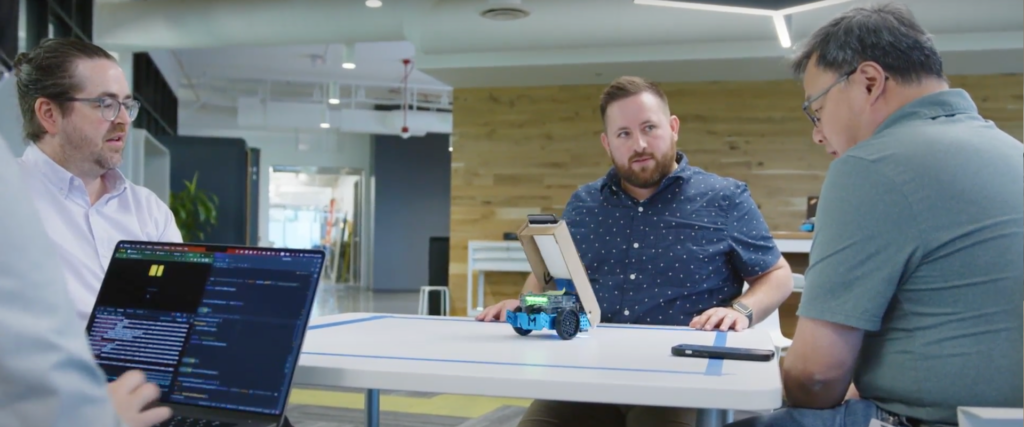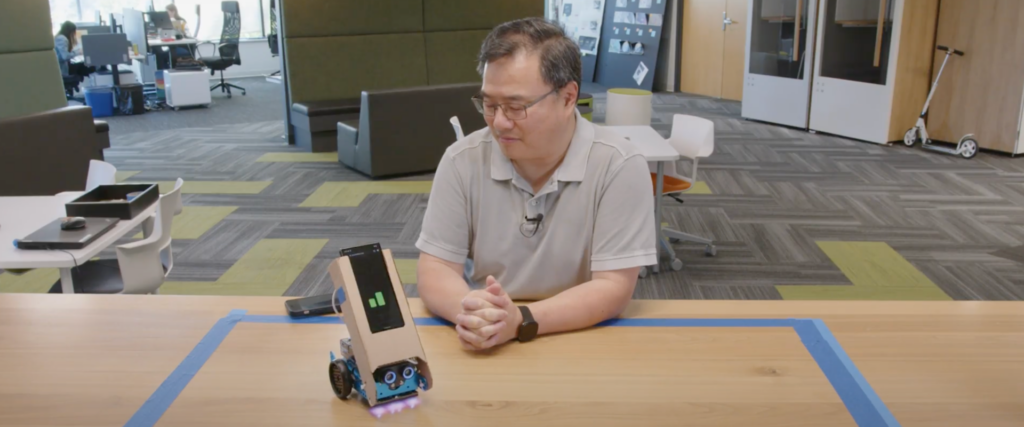-
Steve Yin
After finishing his Ph.D. study in ECE from University of Illinois at Urbana-Champaign, Steve started his career in advanced electrical and biomedical engineering R&D work for clinical applications. He later became a tech entrepreneur in new product development and commercialization.
Steve’s specialties include R&D in signal and imaging processing, computer vision, and AI/ML, along with data analytics, program management, and continuous improvement. His most recent work is in the healthcare and education industries.
When he is not working, he loves traveling, reading, and outdoor activities like jogging and hiking.
AI/Machine Learning, Robotic Software Development, Robotic Systems Integration, UX/UI Design
Additional Reflections on Harnessing Generative AI for Human-Robot Interaction
A fundamental problem for robotics lies in the complexity of building and using robots, as well as the ability to prove the ROI for businesses and investors. These key challenges can potentially be solved by leveraging Generative AI for human-robot interaction to simplify workflows and make operations more intuitive. The various concerns regarding the key
Read Now
Autonomous Mobile Robots, Robotic Software Development, Robotic Systems Integration
Generative AI and Robotics: Streamlining Human-Robot Interaction with Jinny
The year 2023 has witnessed an escalating Generative AI (Gen-AI) movement with the notable, but not limited to, Large Language Models (LLMs) release and upgrade of OpenAI GPT-4, Meta Llama 2, Anthropic Claude, Mistral AI Mistral 7B, Microsoft CoPilot, Google Gemini. The dawn of Generative AI and robotics is here: machines, empowered with contextual conversation
Read Now
AI/Machine Learning, Autonomous Mobile Robots, Hardware, Robotic Software Development, Robotic Systems Integration
Building a Robust Perception Library for Robots
Due to many implementation nuances, intelligent and performant robotic perception is hard to get right. That’s why creating a perception library for robots is essential. A portfolio of datasets, tools, inferencing methods, deployment tactics, and practice guidelines provides the building blocks for establishing perception workflows with better assurance and efficiency than a case-by-case approach. Such
Read Now


